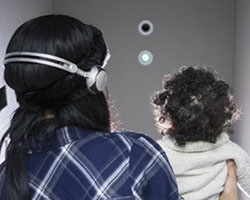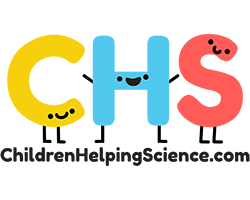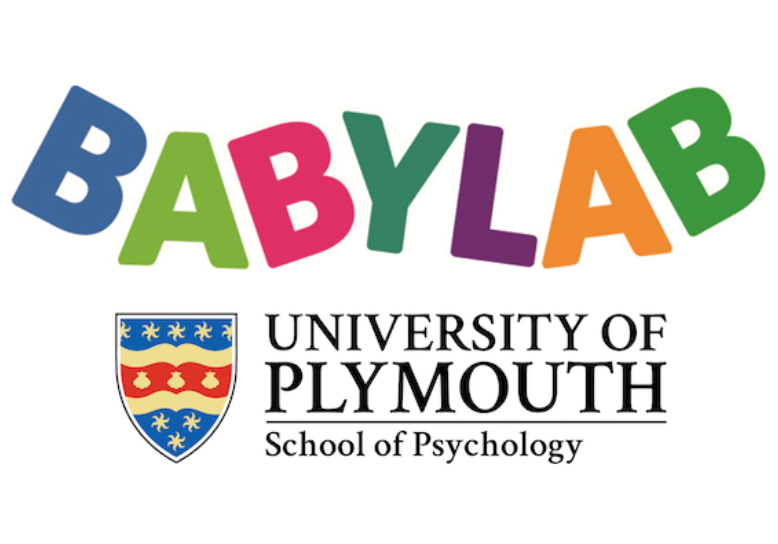At the Plymouth Babylab, we study how infants learn language. We are always looking for families to volunteer their time to help us with our research.
Our studies take between 10 and 30 minutes to be completed, and we make sure that both your child and yourself have an interesting and fun time.
As a thank you for taking part, your child will be offered a certificate and a small gift (or £5 as a voucher if taking part in an online study).
RESEARCH METHODS
EYE TRACKING:
Infants cannot tell us what they think, but they are very busy watching the world around them. Whether it is online or in the actual Babylab, we track their looking behaviour when they are presented with pictures and sounds. For example, we would show the picture of a dog and a cat, while playing the sentence ‘look at the dog’. We would expect that from the age of 12 months, infants would look longer at the named object (here, the dog) than the unnamed one. With this simple technique, we can discover a lot about the ways children learn their maternal language. And children usually love these little games!

HEADTURN PREFERENCE PROCEDURE:
Here we are interested in what children can hear, in the absence of visual input. The infant or toddler sits on their parents’ laps in our special booth, and sound is presented to the left or the right of the child. For example, we would present sentences in Japanese and sentences in Arabic. We simply then monitor how long infants spend orienting towards the sound source. In that example, we would expect infants from the age of 5 months to listen for loinger to Arabic than Japanese, because Arabic is rhythmically closer to English than Japanese.
FACE TO FACE INTERACTIONS:
We have two booths reserved for face to face interactions, which are mainly used for toddlers. This is when we want to standardise a language assessment test for example. In those situations, the child and their parents sit in the booth with the experimenter, and we video record the session for further scoring purposes.
CHILDREN HELPING SCIENCE

Children helping science is a website that houses a wide range of studies offered by researchers from various universities. Check it out and see how you can help scientists learn more about child development!
Visit the site.
SIGN UP

If you want to take part in our research, please sign up below. The information we are asking you is necessary for us to be able to invite you for studies that are suitable for your child.
SIGN UP